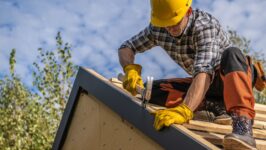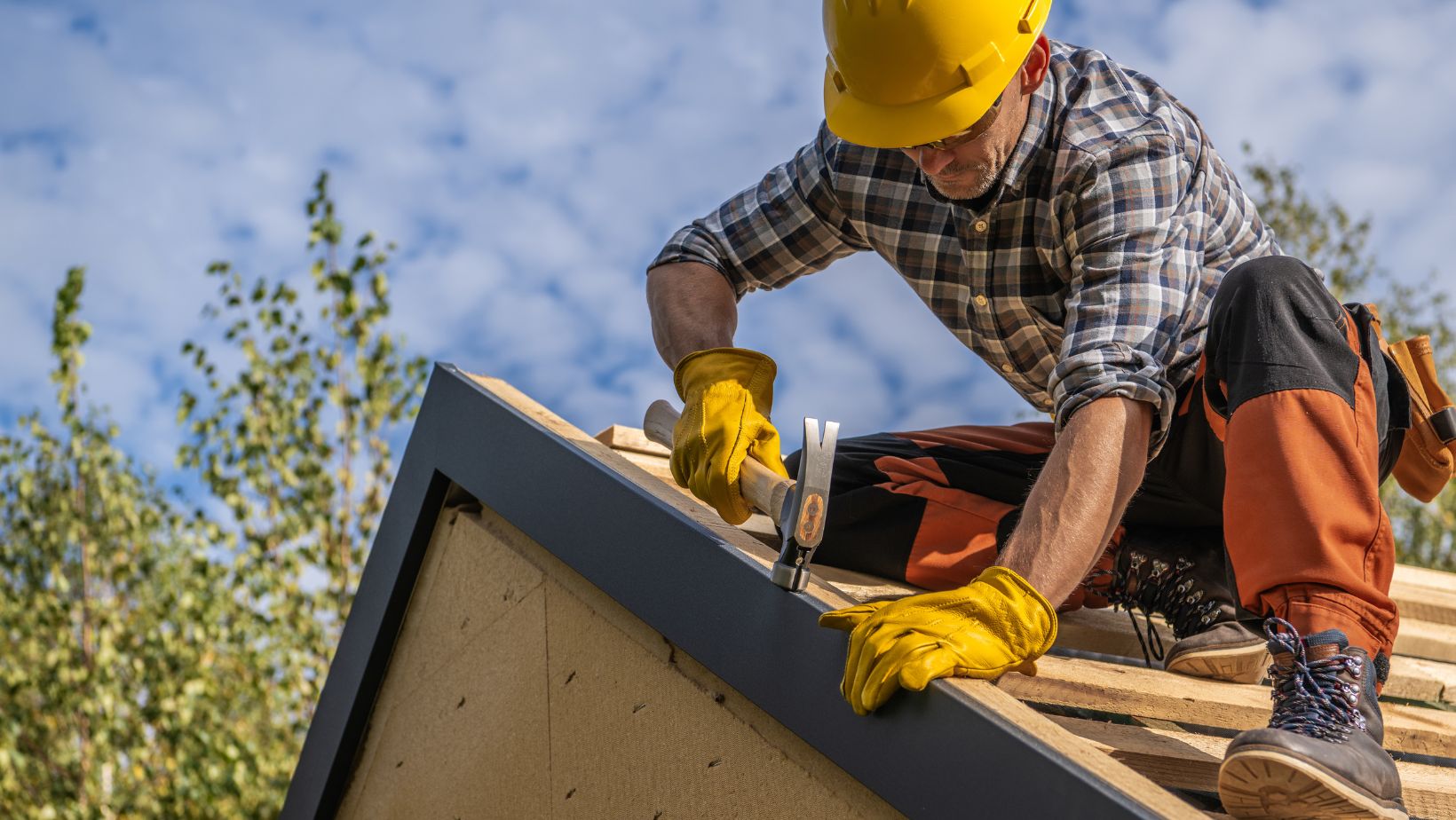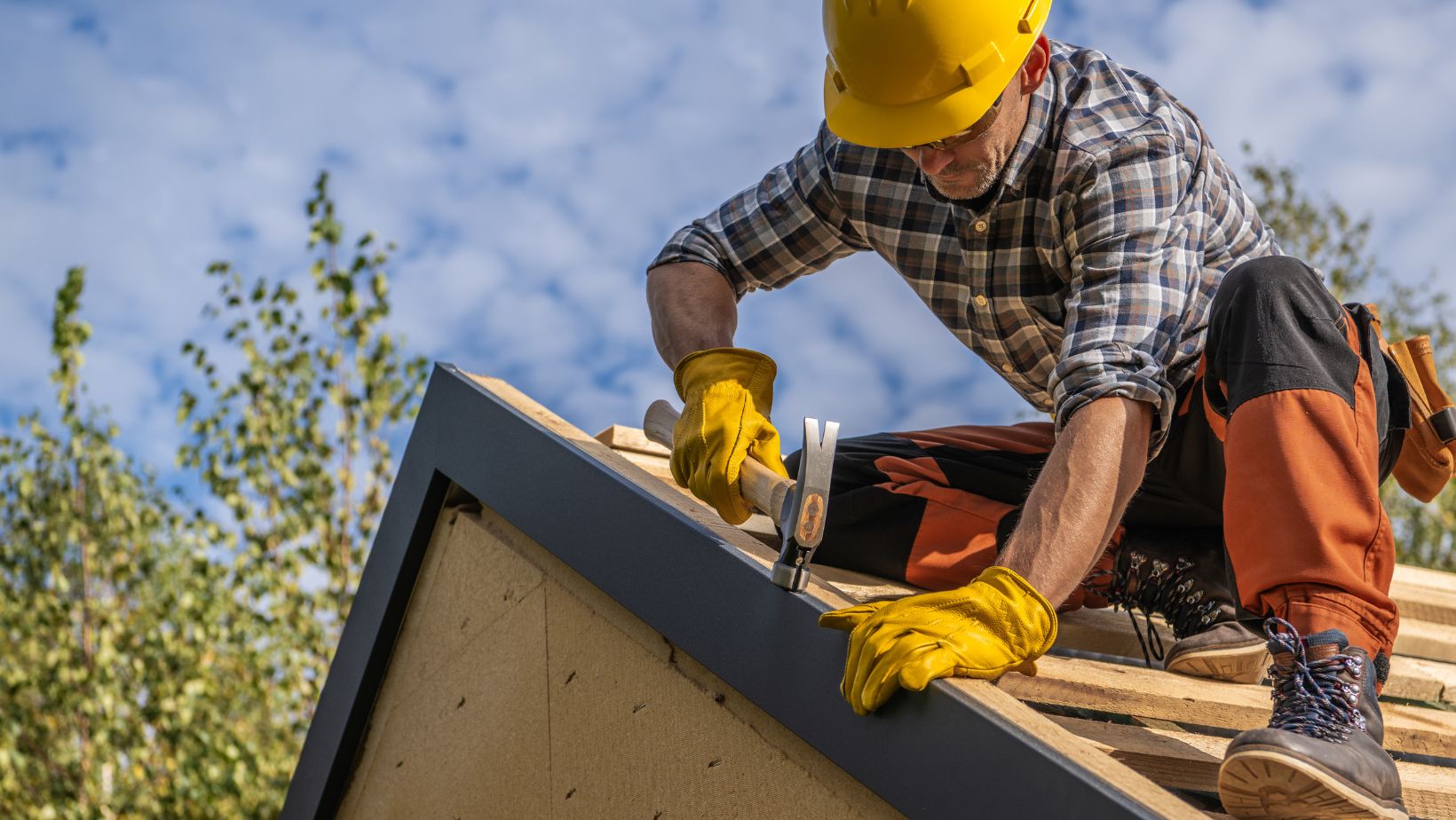
Siding & Roofing: Protecting Your Home with Durability and Style

When it comes to safeguarding your home, few elements are as critical as the siding and roofing. Together, they form the primary defense against the elements, shielding your interior from rain, wind, sun, and extreme temperatures. Not only do they play a key role in maintaining the structural integrity of your home, but they also contribute to its aesthetic appeal, value, and energy efficiency. Whether you are building a new home, replacing an old roof, or upgrading your siding, understanding the importance of these features can help you make informed decisions. One company that specializes in providing high-quality siding and roofing solutions is https://plumproexteriors.com/ which has built a strong reputation for delivering exceptional service and craftsmanship.
What is Siding?
Siding is the material that covers the exterior of your house. It acts as a protective barrier against the weather, keeping out moisture, insects, and debris. Besides providing protection, siding also enhances the appearance of your home, giving it a polished, unified look. There are several types of siding materials available, each with its own benefits and drawbacks. The most common siding materials include vinyl, wood, fiber cement, metal, and stucco.
Vinyl Siding
Vinyl siding is one of the most popular choices for homeowners due to its durability, low maintenance, and affordability. It comes in a wide variety of colors and styles, including traditional horizontal lap siding, vertical siding, and shingles. Vinyl siding resists fading, cracking, and warping, making it an excellent choice for areas that experience extreme weather conditions. Additionally, it requires minimal maintenance, only needing occasional cleaning with soap and water.
Wood Siding
Wood siding is a timeless, natural option that adds warmth and beauty to a home. It can be installed in various styles, including clapboard, shingles, and board-and-batten. Wood siding is known for its aesthetic appeal and can be painted or stained in any color. However, wood siding requires more maintenance than vinyl, as it needs to be repainted or re-stained periodically to prevent deterioration from moisture, insects, and the sun’s UV rays.
Fiber Cement Siding
Fiber cement siding is a combination of wood pulp, cement, and sand. It’s highly durable, resistant to fire, rot, and pests, and can withstand extreme weather conditions. Fiber cement can mimic the look of wood, stucco, or masonry, making it a versatile choice for homeowners. It requires less maintenance than wood siding but does need to be painted every 10 to 15 years.
Metal Siding
Metal siding, typically made of steel or aluminum, is a modern option that is gaining popularity. It is incredibly durable, fire-resistant, and energy-efficient. Metal siding is available in various finishes and styles, including panels and shingles. One of the key benefits of metal siding is its low maintenance requirements, as it resists fading, warping, and insect damage. However, it can be more expensive than vinyl and wood siding.
Stucco Siding
Stucco is a plaster-like material made from a mixture of cement, sand, and lime. It is often used in homes with Mediterranean, Spanish, or Southwestern architectural styles. Stucco provides excellent insulation, making it an energy-efficient option. It is also highly durable and fire-resistant.

However, stucco can crack over time if not properly maintained, and it requires regular cleaning to prevent mold and mildew buildup.
The Role of Roofing
Your roof is just as crucial as your siding, if not more so. The roof is the first line of defense against rain, snow, and other weather conditions, ensuring that your home stays dry and protected from the elements. A well-maintained roof can last for decades, while a neglected roof can lead to leaks, water damage, and costly repairs. Like siding, roofing comes in various materials, each with its own advantages and limitations.
Asphalt Shingles
Asphalt shingles are the most common type of roofing material in North America. They are affordable, easy to install, and come in a wide range of colors and styles. Asphalt shingles are composed of a fiberglass mat, coated with asphalt and mineral granules. They are resistant to fire and wind but have a shorter lifespan than some other roofing materials, typically lasting 15 to 30 years.
Metal Roofing
Metal roofing is becoming an increasingly popular option due to its longevity and energy efficiency. Metal roofs are durable, lightweight, and fire-resistant. They can last 50 years or more with proper maintenance. Metal roofing is also highly reflective, which helps reduce cooling costs during hot weather by reflecting sunlight away from the home. However, metal roofing can be more expensive upfront compared to asphalt shingles.
Wood Shingles and Shakes
Wood shingles and shakes are another traditional roofing option, typically made from cedar, redwood, or pine. These materials provide a natural, rustic look that complements certain architectural styles. Wood shingles are machine-cut and smooth, while shakes are hand-split and have a more textured appearance. Although wood roofing is attractive, it requires regular maintenance to prevent rot, mold, and insect infestation.
Slate Roofing
Slate is a natural stone that is often used in high-end roofing projects. It is incredibly durable, fire-resistant, and can last up to 100 years or more. Slate roofs are known for their elegance and beauty, with each slate tile having a unique appearance. However, slate is expensive and requires professional installation due to its weight and the complexity of the installation process.
Tile Roofing
Tile roofs, typically made from clay or concrete, are a popular option in warm climates. They offer excellent durability and insulation, keeping homes cooler in hot weather. Tile roofs can last 50 years or longer and are resistant to fire and rot. However, tile roofing is heavy, so it requires a strong roof structure to support it. Additionally, tiles can break or crack under impact, so they need to be carefully maintained.
Flat Roofing
Flat roofs are commonly found on commercial buildings but are also used in some residential homes, especially in modern or minimalist designs. Flat roofing materials include built-up roofing (BUR), modified bitumen, and single-ply membranes like TPO or EPDM. While flat roofs are affordable and provide extra space for rooftop patios or solar panels, they require regular maintenance to prevent leaks and water pooling.
The Importance of Proper Installation
While choosing the right siding and roofing materials is essential, proper installation is equally crucial for ensuring the longevity and performance of these features. Poor installation can lead to problems like leaks, structural damage, and increased energy costs. It’s essential to hire experienced professionals who understand the complexities of siding and roofing installation. A skilled contractor will ensure that the materials are correctly installed, with attention to detail, and according to the manufacturer’s specifications.
Maintenance and Repairs
Both siding and roofing require regular maintenance to perform at their best. This includes inspecting for signs of damage, cleaning, and making necessary repairs. For roofing, it’s essential to check for missing or damaged shingles, leaks, and blockages in gutters and downspouts. Siding should be checked for signs of wear and tear, such as cracks, fading, or mold growth. Proper maintenance not only extends the lifespan of your siding and roof but also helps preserve your home’s curb appeal and energy efficiency.
Energy Efficiency and Insulation
Both siding and roofing play a significant role in the energy efficiency of your home. Insulated siding can help reduce heating and cooling costs by providing an extra layer of protection against temperature fluctuations. Similarly, a well-insulated roof prevents heat from escaping in the winter and keeps your home cool in the summer. Choosing energy-efficient materials and ensuring proper insulation can save you money on utility bills and reduce your carbon footprint.
Siding and Roofing Upgrades
If your current siding or roof is showing signs of wear, or if you simply want to upgrade the look of your home, there are various options to consider. Many homeowners opt to replace their siding or roofing with more durable or energy-efficient materials. For example, replacing aging asphalt shingles with a metal roof can significantly extend the life of your roof and reduce your energy costs. Similarly, upgrading to fiber cement or vinyl siding can improve your home’s curb appeal and reduce maintenance requirements.
Choosing the Right Contractor
When it comes to siding and roofing projects, choosing the right contractor is crucial. Look for a company with a solid reputation, a track record of quality work, and positive customer reviews. Ensure that the contractor is licensed, insured, and experienced in installing the type of siding or roofing you need. A reputable contractor will be transparent about pricing, timelines, and the materials used, ensuring that you get the best value for your investment.
Conclusion
Siding and roofing are two of the most important features of your home, providing protection, aesthetic appeal, and energy efficiency. Whether you are building a new home or upgrading your existing one, selecting the right materials and ensuring proper installation and maintenance is essential for long-term durability. By investing in high-quality siding and roofing solutions, you can protect your home and enhance its value for years to come.

Whether you’re looking for vinyl, wood, metal, or fiber cement siding, or asphalt, slate, or metal roofing, the right materials can make a significant difference. Working with experienced professionals will ensure that your siding and roofing provide the protection and performance your home deserves.




